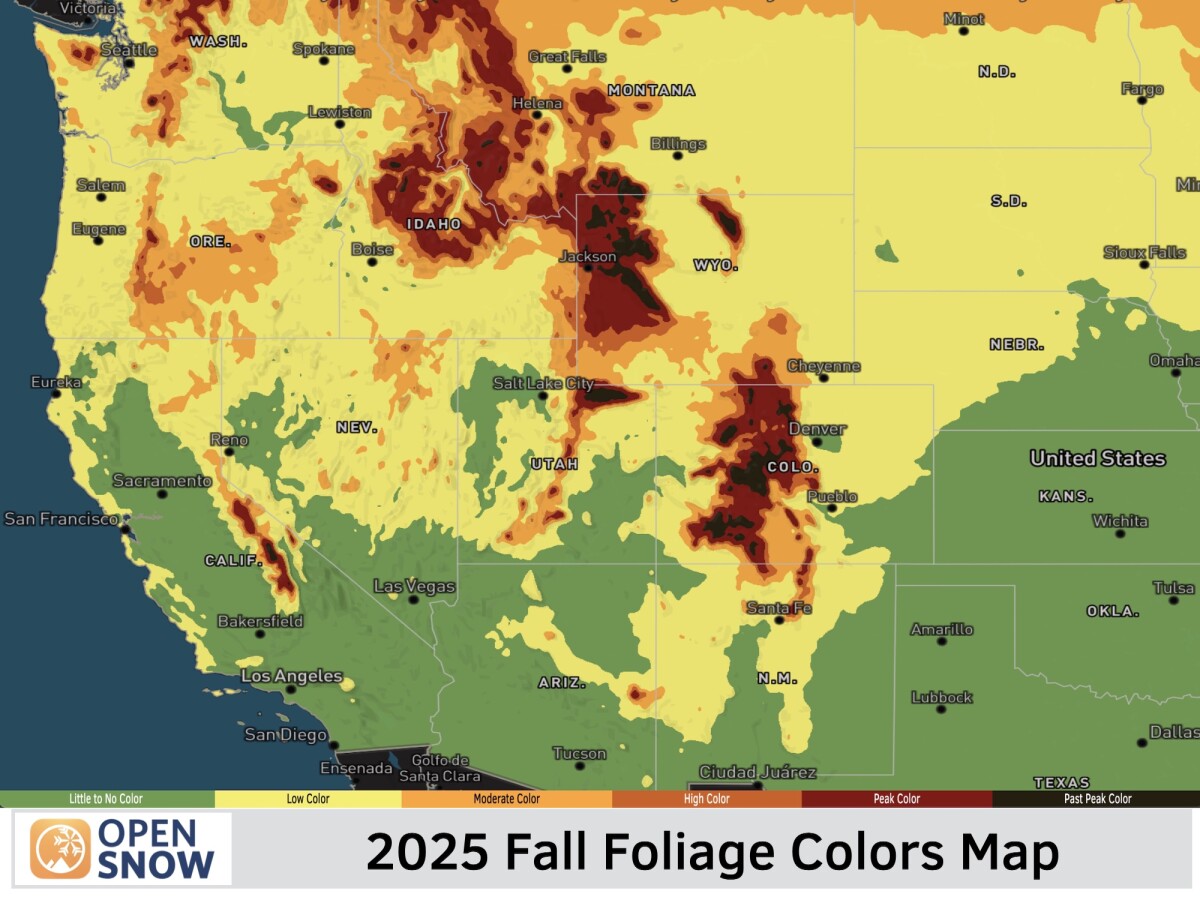News

By Sam Collentine, Meteorologist Posted 2 years ago August 15, 2022
OpenSnow Electricity Usage 100% Renewable, Carbon Removal Update

In 2020, we committed 1% of our All-Access subscription sales to the direct removal of carbon dioxide from the atmosphere and its sequestration in secure, long-term storage.
We're now proud to announce that in addition to our 1% carbon removal commitment, we have purchased enough renewable energy certificates to match 100% of our electricity usage going back to 2020 and all years moving forward.
This was done in partnership with Stripe Climate, our subscription payment processor.

According to Stripe's calculations, our total carbon footprint is 55 metric tons per year.
- Employees & Offices: 42%
- Travel & Commuting: 36%
- Cloud & Product: 13%
- Goods & Services: 9%
These are good estimates based on data that we provided to them about our company and also in line with our internal 2018 calculations of 65 metric tons. The biggest difference is less travel over the last couple of years compared to 2018.
It currently costs around $300 to remove one metric ton of carbon. Taking the 55 metric tons of carbon that we create every year, this comes out to approximately $16,500 to remove all of our carbon from the atmosphere per year based on current carbon removal technologies.
With our current carbon removal investment of $20,000+ since August 2020, we can proudly say that OpenSnow has committed to removing all of the carbon from the atmosphere that it has created since 2020, along with purchasing enough renewable energy to offset 100% of our electricity usage for 2020, 2021, and beyond.
What exactly does all this mean?
Every snow forecast, conditions report, high-resolution weather overlay, and more on the OpenSnow app and website is powered with 100% renewable energy.
What is a renewable energy certificate?
A renewable energy certificate, or REC, is a market-based instrument that represents the property rights to the environmental, social, and other non-power attributes of renewable electricity generation. RECs are issued when one megawatt-hour (MWh) of electricity is generated and delivered to the electricity grid from a renewable energy resource. Learn more.
Where are your RECs coming from?
Nashville, Missouri. The North Fork Ridge wind farm was completed in 2020 and produces 149 megawatts of energy. All power generated at North Fork Ridge goes directly to Liberty Utilities to replace the energy generated from a retired coal plant.
This is great, but shouldn't OpenSnow be doing more about climate change?
We are expert mountain weather forecasters and not experts in climate science or public policy, so we are continuing to learn and invest in how we can best tackle the global challenge of climate change. In 2019, we learned how to calculate our carbon footprint and offset this impact. In 2020, we committed 1% of our All-Access subscription sales to the direct removal of carbon dioxide from the atmosphere. We are now going a step further by purchasing enough renewable energy to match 100% of our electricity usage.
Questions?
Send an email to [email protected] and we'll respond as quickly as possible.
Sam Collentine
About The Author




